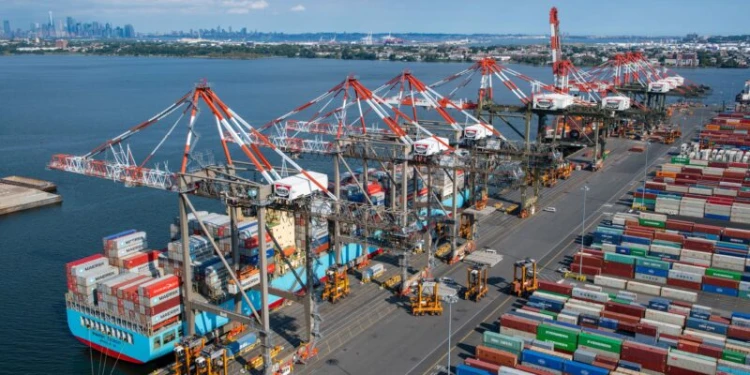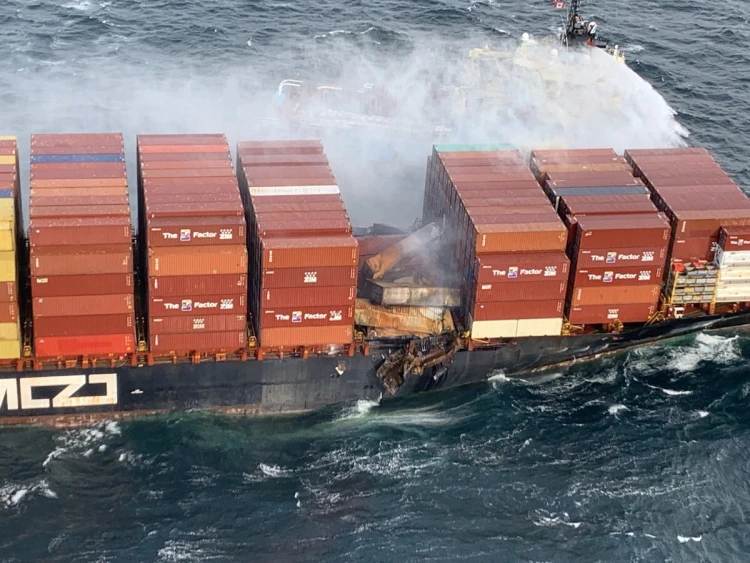Shipping braces for impact as Panama Canal slashes capacity
Sunday, 14 April 2024
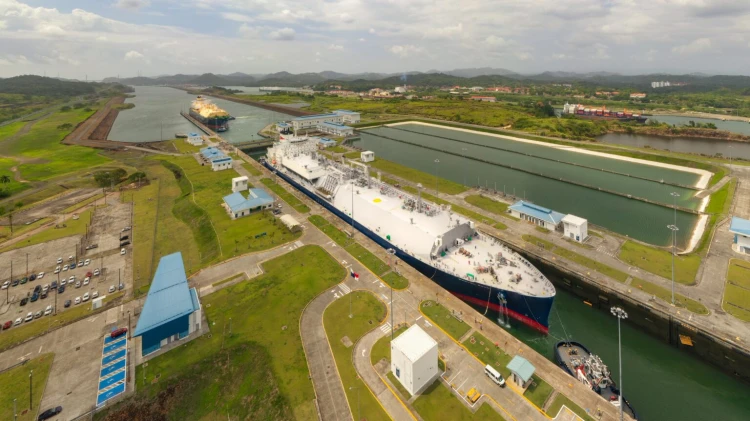
After its driest October on record, the Panama Canal will severely restrict transit capacity to conserve water. Shipping will feel the effects in the months ahead, with different vessel types facing different fallout.
Panama Canal Authority (ACP) Administrator Richarte Vasquez outlined the current challenge during a press conference on Sept. 12: Each transit of the Panama Canal consumes a large amount of water, regardless of ship size. If it doesn’t rain enough, the canal must either limit transits or reduce ship draft (the allowable distance between the waterline and the hull bottom).
Around 70% of vessels using the Panama Canal require a draft of 44 feet, which is the current limit, down from 50 feet at the beginning this year. If the draft is lowered further, most ships won’t be able to transit with full loads.
“We will commit to 44 feet for the foreseeable future. If adjustments are required in order to maintain 44 feet, those adjustments will be on the number of transits per day,” Vazquez said six weeks ago.
Those adjustments are now required. The ACP had previously reduced daily transit reservation slots from 36 to 32. On Tuesday, it announced that reservation slots will be limited to 25 as of Friday, 24 starting Nov. 8 and 22 on Dec. 1. The number of reservation slots will fall to 20 on Jan. 1, 2024, then 18 starting Feb. 1.
chart of Panama Canal reservations slots
Effects on container shipping
The Neopanamax locks that debuted in 2016 primarily handle larger container ships, liquefied natural gas carriers and high-capacity liquefied petroleum gas carriers known as very large gas carriers (VLGCs). The older Panamax locks mainly handle dry bulk ships, tankers, smaller container ships and vehicle carriers.
Larger container ships sailing from Asia to U.S. East and Gulf Coast ports already feel the effect of Panama’s drought, because they need more than 44 feet of draft when fully loaded. Vasquez said that for every foot of lost draft, container ships lose capacity for 350 twenty-foot equivalent units.
Thus, this year’s loss of 6 feet of draft equates to 2,100 TEUs of cargo. Liners have either had to sail with lower utilization or unload 2,100 TEUs on the Pacific side of Panama, rail them across the isthmus and reload on the Atlantic side.
The just-announced transit restrictions avert or delay further draft reductions that would force liner companies to unload and reload even more containers.
However, the transit reservation cap itself looks likely to affect schedules.
Over the next two months, the number of Neopanamax transit reservation slots will be cut in half, from 10 currently to five as of Jan. 1.
During the past two fiscal years (the ACP’s fiscal year ends Sept. 30), there was an average of 4.7 container ships transiting the Neopanamax locks per day, according to FreightWaves calculations based on ACP transit data.
chart of Panama Canal transits
Note: ACP fiscal year is from Oct. 1-Sept. 30. (Chart: FreightWaves. Data: FreightWaves calculations based on ACP FY 2022 and FY 2023 transit data)
That historical container-ship average is right at the Feb. 1 limit for total Neopanamax reservation slots (for all ship types) — and it’s just an average, meaning that on many days over the past two fiscal years, there were more than five container ship transits through the Neopanamax locks.
Container shipping flows, as with other ocean cargo flows, rise and fall seasonally. Thus, some container service scheduling changes appear likely while restrictions are in place.
Effects on LNG and LPG shipping
The new limits raise serious questions on the extent non-containerized ships can use the Neopanamax locks (VLGCs and LNG carriers are too big to fit through the Panamax locks.)
Over the past two fiscal years, the Neopanamax locks have averaged 9.9 ship transits per day (including both reserved and non-reserved transits), right at the current reservation slot limit of 10 — which, as of Friday, drops to eight.
In addition to container ships, an average of 2.5 VLGCs, 0.9 LNG carriers and 1.8 ships of other types have transited the Neopanamax locks per day.
Assuming precedence is given to container ships when restrictions are in place, most LNG carriers and VLGCs would be forced to take the longer route to and from Asia, either via the Suez Canal or the Cape of Good Hope. That rerouting has already begun, and will inevitably accelerate.
Oystein Kalleklev, CEO of Avance Gas (Oslo: AGAS), told FreightWaves in a recent interview that many VLGCs already avert the Panama Canal on their return leg for Asia, due to the uncertainty of meeting their loading windows in the U.S. Gulf as a result of canal delays.
Frode Mørkedal, shipping analyst at Clarksons Securities, said in a client note Wednesday that transit restrictions “will touch most shipping sectors that navigate the canal, [but] VLGCs and LNG carriers are poised to experience the most substantial effects.”
The longer distances traveled by VLGCs and LNG carriers will soak up more transport capacity and support higher rates. Mørkedal noted that VLGC freight futures “strengthened significantly” on news of Panama Canal restrictions, with the 2024 futures contract for VLGC voyages from the Middle East to Japan jumping $10,000 on Tuesday, to $70,000 per day.
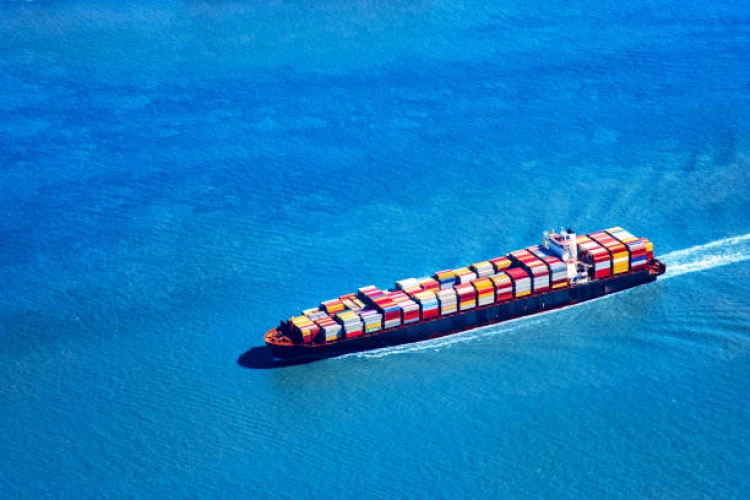
06 January 2025
Hurricane Beryl trims cargo volumes in Houston and New Orleans
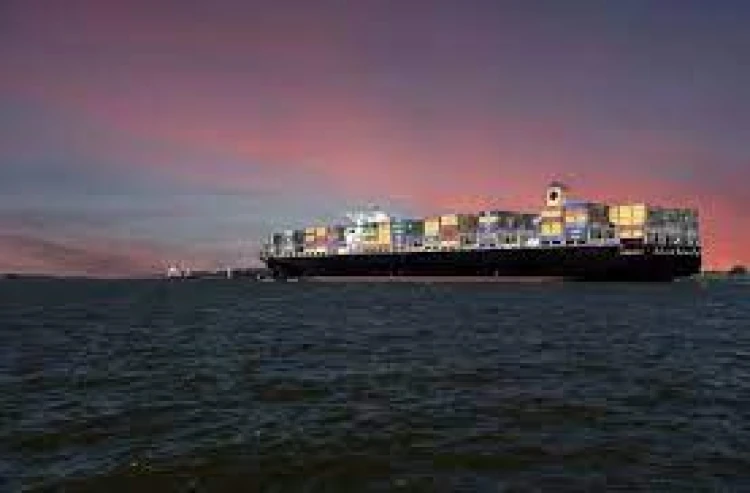
25 January 2025
Container freight rates tumble

08 February 2025
